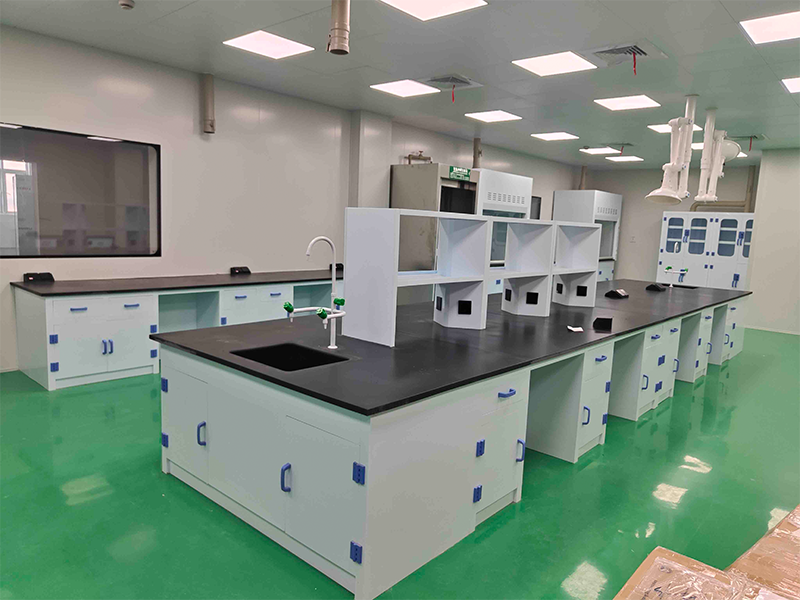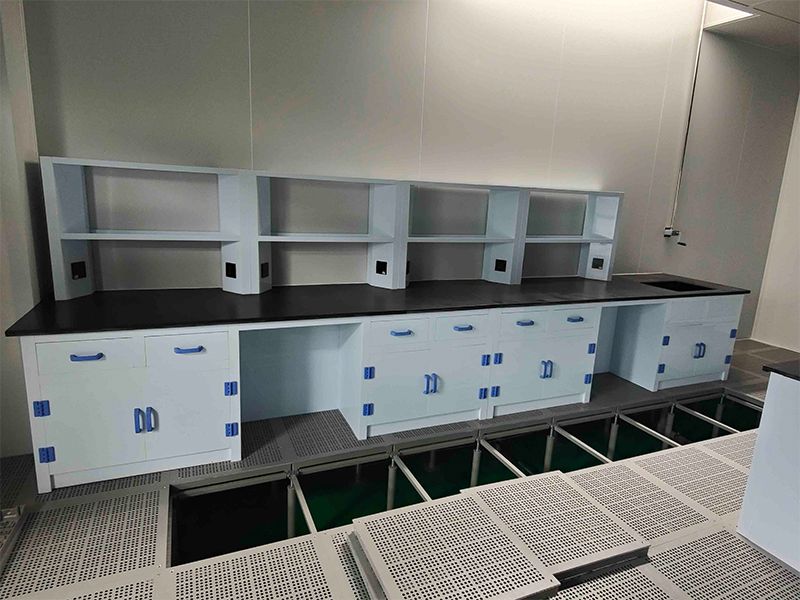You ever walk into a lab and just… not trust the benches? Like, they look like they’ve survived a chemical apocalypse, or maybe you’re worried your experiment’s gonna eat right through it. Well, turns out, the surface you’re working on isn’t just a place to rest your coffee mug. It’s mission critical.
Why Lab Bench Surfaces Even Matter
Let’s get real: labs are chaos. Chemicals flying, stuff heating up, things spilling. Your workbench has to be tougher than a caffeinated grad student during finals. Pick the wrong surface and suddenly you’re dealing with contamination, ruined gear, or—worst case—a trip to the ER. Nobody wants that.

The Usual Suspects: Lab Bench Materials
There’s a handful of materials you’ll run into, and each one has its own vibe:
Epoxy Resin: The tank of lab surfaces. It laughs in the face of acid and heat. Chemistry and bio labs love this stuff.
Phenolic Resin: Lighter, not as beefy as epoxy, but still shrugs off moisture like a duck. Great for teaching labs or anywhere you don’t want to haul heavy furniture around.
Stainless Steel: Basically the clean freak’s dream. You see this a lot in pharma labs and food testing spots. Nothing sticks to it, and it wipes down like new.
High-Pressure Laminate: Cheap and cheerful. It’ll do the job if you’re not bathing it in acid, but it’s not built for chemical warfare.
So, what’s “best”? Depends on what madness you’re cooking up in the lab.
Safety: Not Just a Buzzword
If you’re mixing chemicals or working with fire, you want a bench that won’t melt or burst into flames. Epoxy resin and stainless steel are your friends here—resistant to heat, super stable, and not gonna freak out if you spill something gnarly.
Also, cleaning matters. You want a surface that’s smooth and non-porous, so bacteria and other nasties have nowhere to hide. No one’s got time for a surprise biology experiment growing under their beaker.
Efficiency—Because Time Is Money
A busted lab bench slows everything down. Surfaces that last longer mean you’re not calling maintenance every other month. If you can wipe it down in seconds and not worry about stains or cracks, you’re saving everyone hours—and headaches. Plus, if your bench has spots for sinks, gas lines, or heavy gadgets, it’s just way easier to set up and get moving.

Cheap Now, Expensive Later?
You might be tempted to go with the cheapest surface. I get it—budgets suck. But think about it: spending a little more upfront on something like stainless steel or epoxy could mean you’re not stuck replacing benches every year. Laminate’s cool if you’re careful, but if you’re working with anything even remotely dangerous, maybe don’t risk it.
Don’t Get Burned by a Bad Supplier
Not all lab furniture is made equal. You want someone who knows their stuff, has the paperwork to prove it, and won’t ghost you after you’ve handed over the cash. Customization is huge, too—your biology lab doesn’t need the same setup as the forensic folks down the hall.
To Wrap It Up—It’s Not Just a Table
Seriously, the lab bench is the MVP of your workspace. Slap on the right surface and you’ll spend less time worrying about accidents and more time actually, you know, doing science. Pick smart, invest a little, and you’ll thank yourself every time someone spills something that would’ve destroyed any lesser bench.
So, next time someone says “it’s just a table,” feel free to roll your eyes. You know better.


